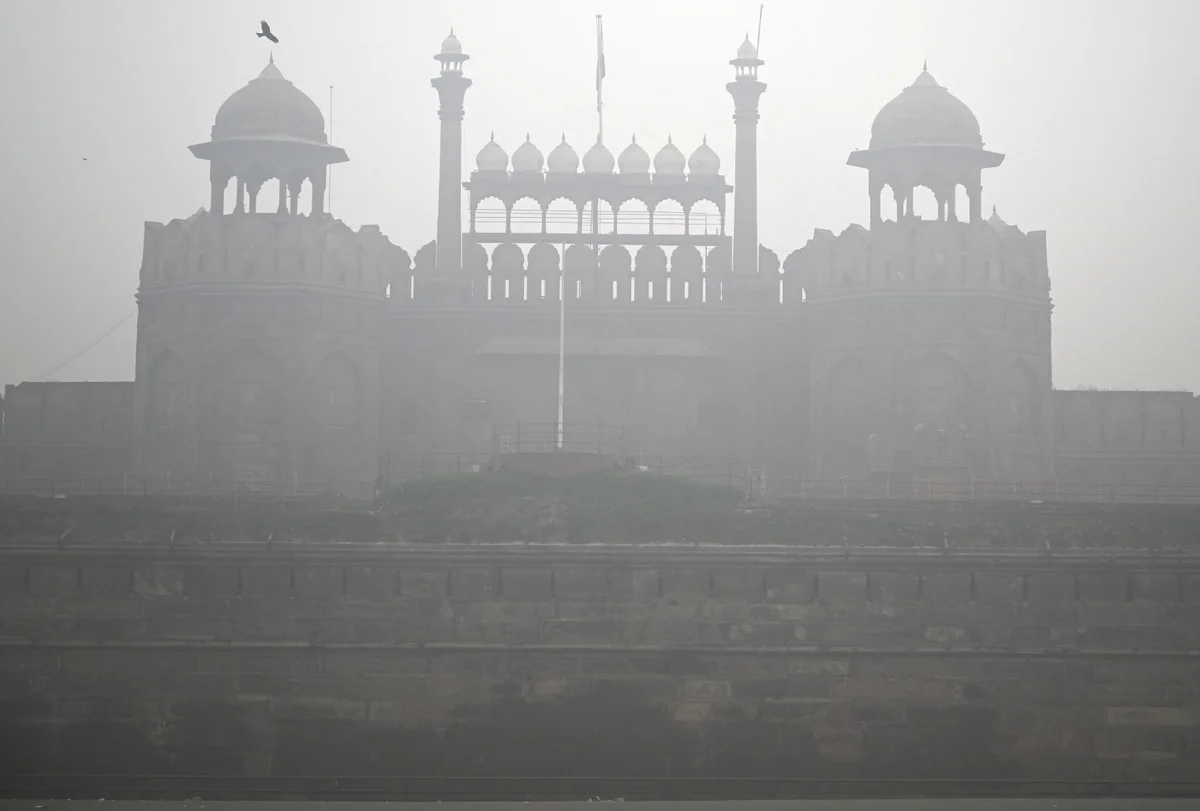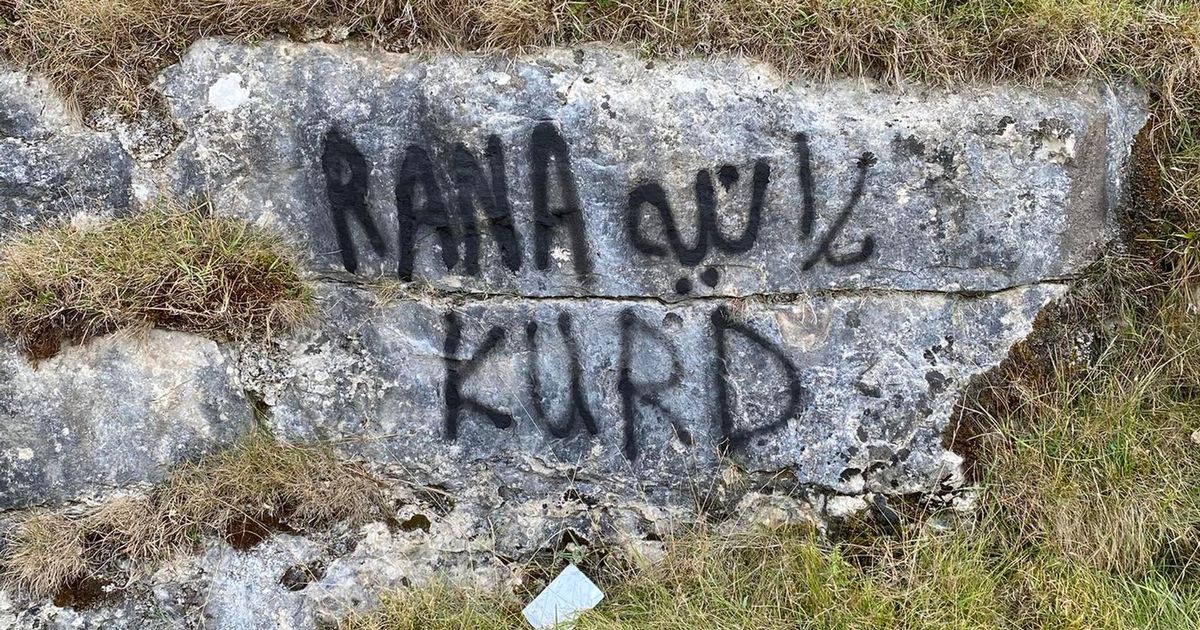By Stuti Mishra
Copyright independent

Delhi’s severe air pollution is leaving its stain on one of India’s most iconic monuments, with scientists warning that layers of black crust are forming on the 17th-century Red Fort and threatening its intricate carvings.
A study published in the journal Heritage says fine particulate matter and nitrogen dioxide in the capital’s air are accelerating the decay of the sandstone fort, built by Mughal emperor Shah Jahan and recognised by Unesco as a World Heritage Site.
Researchers from IIT Roorkee, IIT Kanpur, the Ca’ Foscari University of Venice and the Archaeological Survey of India found black crusts up to half a millimetre thick on some walls, especially those exposed to heavy traffic.
According to the paper, the crusts consist of gypsum, bassanite, weddellite, and heavy metals like lead, zinc and chromium, mainly from vehicle emissions, cement plants and construction activity.
“Given the alarming air quality situation in Delhi, studying important monuments like the Red Fort is crucial for promoting effective conservation policies and interventions,” the study said, according to the Hindustan Times.
“This is the first research article addressing the impact of air pollution on the monumental complex of the Red Fort. Hopefully, this case study will enhance our understanding of the degradation processes … and help evaluate the conservation state in relation to the outdoor environment of other Indian cultural heritage buildings.”
The findings include blistering of plastered walls and vaults, dampness, flaking sandstone, salt deposits, and loss of detail in carvings.
The study warns that black crusts, considered one of the biggest threats to outdoor heritage sites, “cause visible discolouration and blackening of these surfaces” that is “particularly evident on intricate carvings and architectural details where particulate matter not only causes visible damage but also diminishes the cultural and aesthetic value of these sites”.
Air quality data from 2021 to 2023 showed annual concentrations of fine particles in Delhi were nearly two-and-a-half times higher than national standards.
While sulphur dioxide levels had fallen in that period, the researchers cautioned that even low levels of the pollutant could accelerate the degradation of stone and metals.
The Red Fort is deeply embedded as a symbol in the narratives of India’s history and identity. It was the seat of the Mughal empire and the site where the last emperor of the dynasty was tried and exiled by the colonial rulers, establishing direct rule by the British Crown.
Ninety years later, in 1947, it was where the country’s first prime minister, Jawaharlal Nehru, raised the national flag after independence from the British.
In recent decades, the monument’s location beside one of Delhi’s busiest roads, and the diversion of the Yamuna river that once bordered it, have left it vulnerable to the capital’s toxic air.
The researchers recommend regular cleaning and use of protective coatings to slow the damage, warning that while thin layers of black crust can be removed, thicker deposits bond to the stone and risk permanent loss.



